Oklahoma Sets Ambitious Goal for Water Conservation
Oklahoma’s governor has signed a bill that would limit freshwater consumption in 2060 to current levels, while expanding the use of marginal sources, despite a projected 28 percent increase in population and 33 percent increase in consumptive demand.
By Brett Walton
Circle of Blue
When looking at the numbers in their water plans, many states and cities fret about how to cover projected gaps between demand and supply. With the governor’s signature on May 21, Oklahoma’s political leadership has placed a big bet on conservation.
The Water for 2060 Act, introduced by House Speaker Kris Steele, sets a goal that the state will consume no more freshwater in the year 2060 than is currently used, even as the population is expected to grow by 28 percent to 4.8 million people.
-John Estus, spokesman
Oklahoma House Speaker Kris Steele
Steele’s spokesman John Estus told Circle of Blue that the impetus for the bill came from recommendations in the state water plan, which was presented to legislators in February and which estimated that, extrapolating from current trends, consumptive demand would increase by 33 percent by 2060.
“The research for the plan found that there is more than enough supply to meet our current needs,” Estus said, “But, in the future, we may not have that, unless we get serious about conservation.”
Indeed, the state water plan, which was written by the water resources board, encourages a mix of pricing reforms and financial assistance for the two largest water-use sectors: crop irrigation and municipal/industrial use. Public education programs are also suggested as a way to change consumer behavior. By taking such measures, the water board argues, the state can avoid expensive new supply infrastructure and reduce its risk of shortages.
Capping freshwater use would also allow more water to be kept in rivers, streams, and aquifers. The water plan noted that Oklahoma residents were especially interested in mandatory minimum flows for the state’s waterways, both to protect the environment and to preserve economies — such as fishing, boating, and recreation — that depend on healthy rivers.
David Ocamb, the director of the Oklahoma chapter of the Sierra Club, told Circle of Blue in an email that the chapter had fought for the bill’s passage during the entire legislative session.
“We believe it is a vital first step,” Ocamb wrote, “in ensuring that future generations of Oklahomans have access to water for consumption, as well as recreational purposes.”
A Goal in Search of a Plan
The devil, though, is in the details, which will be worked out over the next three years.
The Water for 2060 Act creates a 15-member advisory council — the director of the water resources, plus political appointees with experience in water-efficiency, conservation, and reuse — that will develop its own set of recommendations to present to the legislature.
-David Ocamb, director
Sierra Club’s Oklahoma chapter
The council will tell us specific ways to achieve the goal, Estus said. Council members will evaluate policies to encourage irrigation efficiency and better farming techniques, as well as programs to help municipalities repair leaky infrastructure.
In addition to freshwater conservation, the bill emphasizes wastewater recycling and brackish water. Neither of these sources would count toward the freshwater cap.
On other fronts, too, Oklahoma is defending its water endowment. The state has prevailed, so far, in several lawsuits challenging its ban on out-of-state water sales. Jurisdictions in the wet southeastern corner would like to sell water to cities in Texas, a state that is looking to close its own supply gap, projected at 10.2 cubic kilometers (8.3 million acre-feet) by 2060.
Brett writes about agriculture, energy, infrastructure, and the politics and economics of water in the United States. He also writes the Federal Water Tap, Circle of Blue’s weekly digest of U.S. government water news. He is the winner of two Society of Environmental Journalists reporting awards, one of the top honors in American environmental journalism: first place for explanatory reporting for a series on septic system pollution in the United States(2016) and third place for beat reporting in a small market (2014). He received the Sierra Club’s Distinguished Service Award in 2018. Brett lives in Seattle, where he hikes the mountains and bakes pies. Contact Brett Walton

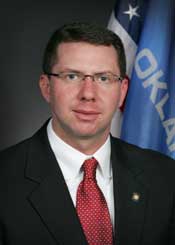
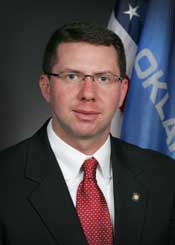

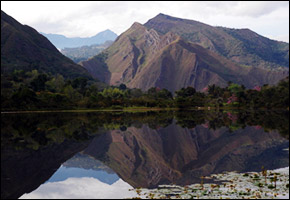



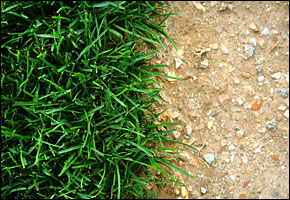


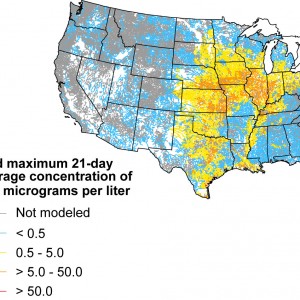
Leave a Reply
Want to join the discussion?Feel free to contribute!